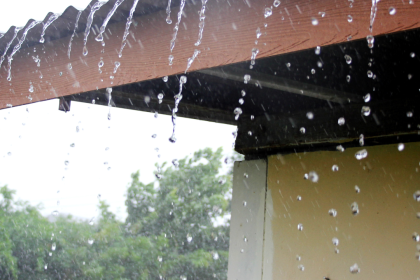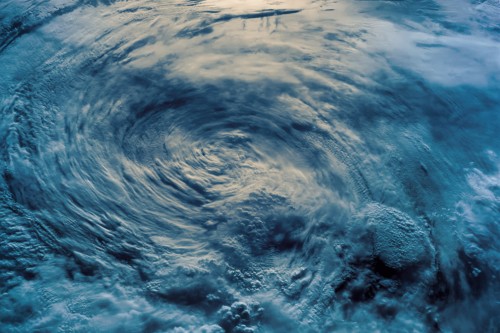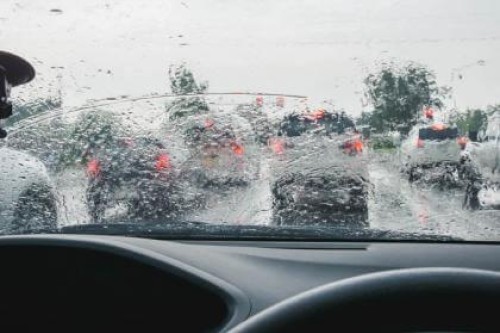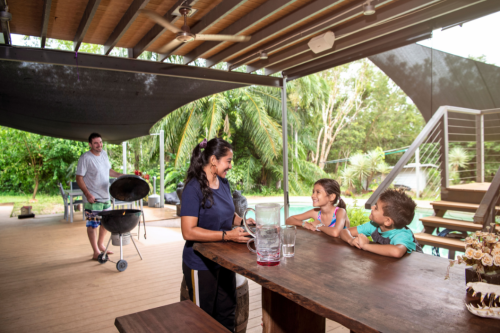
Brace yourselves because the wet season is here and that means we might be in for some wild rides with cyclones and serious storms.
From November to April, tropical cyclones build over the warmer, tropical oceans north of Australia. The cyclones pick up power and move towards land, bringing with them torrential rain, tidal surges and destructive winds that can reach up to 280km/h. While cyclones can be deadly and cause extensive property damage, meteorologists are able to identify when systems are forming off the coast, giving residents valuable time to prepare for the weather event.
So with the clouds of this year’s storm season beginning to gather on the horizon, here’s some practical advice on how to safeguard your family and home in the event of wild weather.
There’s a storm coming:
In severe weather, damage can happen to your property no matter how well you’ve prepared. That’s why it’s always a good idea to make sure you’re adequately insured, and your policies are up to date.
Make a Home Emergency Plan for your family that outlines exactly what you should do in the event of a storm.

1: Check the yard or balcony and make sure everything is secured
To a strong wind, everything is a sail. Outdoor furniture, trampolines, bins, kennels, boats; everything can be picked up and hurled through the air, damaging windows, roofs and even cars.
So, identify what items need to be tied down securely, filled with water to weigh them down or placed out of harm’s way.
Trim any tree branches in close proximity to the house, as they can be lashed against your windows causing severe damage.
2: Clean gutters, down pipes and drains
It’s not unlikely for a severe storm to dump up to100mm of rain in just a few hours. And when that happens, it’s not a great time to discover your gutters are full of old twigs and leaves.
If they are blocked, or your downpipes are clogged, the water will overflow under the eaves and into your roof cavity.
Check your drains and make sure they’re clear and able to cope with a large volume of water. Otherwise you might end up with a backyard swimming pool you never planned for.
It’s a good idea to park your car away from low-lying areas and drains if it’s going to rain. For extra security cover it with a tarp or blankets.
Also ensure it has a full tank in the event of an emergency evacuation.
3: Fix any damage to your roof, including broken or missing tiles
The last thing you need is to have these being picked up by the wind and hurled around the neighbourhood.
4: Turn off your electricity or gas
If you can, try and do this at the mains.
When the storm comes
1: Make sure your animals are inside and secure
Animals often get spooked by storms, (particularly thunder) which can lead them to destroying household items. Securely tying them up during a storm is good for both them and you.
2: Move any chemicals or poisons somewhere up high to avoid them leaching into the floodwater
3: Put any outdoor equipment, cardboard boxes, garbage and anything else laying around out of harm’s way
4: If water is threatening to get into the house, put your furniture and electrical appliances like televisions up high
5: Fill your sinks and bath with fresh drinking water
Storms often do nasty things to the fresh water supply and the quality can be compromised.
6: Check your emergency kit by visiting Secure NT
During the storm
The most important thing is to keep yourself, your family and pets safe during the storm.
After the storm
1: Ensure the storm has passed
Before going outside, make sure it’s calm. Even if the storm isn’t as bad as when it first hit, there could still be large items and debris being hurled about by the wind.
2: Start recording any damage to your home
If you need emergency assistance, call your local State Emergency Service. Visit the Emergency Alert website if you’re unsure about who to contact.
3: When you go back home, check that the electricity and gas are off.
Only use a torch. Do not use a naked flame until you are sure everything is safe.
4: Throw out any food that has come in contact with the floodwater
It could be contaminated and could possibly make you sick.
5: Boil all water until supplies have been declared safe
6: Check your smoke detectors are still working
7: Don't use electrical items that are wet.
Have them and gas appliances professionally tested as soon as possible.
Of all possible weather phenomena, storms are perhaps one of the most threatening. By following our tips on how to make your home safe and prepare for the unforeseen, you can help make an unexpected situation as safe as possible for you and your loved ones. To check your policy is up to date give our team a call on 8925 5901.
Important information
Insurance distributed by Automobile Association of Northern Territory Inc ABN 13 431 478 529, an authorised representative of the issuer Insurance Australia Limited trading as CGU Insurance ABN 11 000 016 722, AFSL 227681. Any advice provided is general advice only and does not take into account your individual objectives, financial situation or needs (“your personal circumstances”). Before using this advice to decide whether to purchase a product, you should consider your personal circumstances and the relevant the Product Disclosure Statement and Target Market Determinations from aant.com.au.



